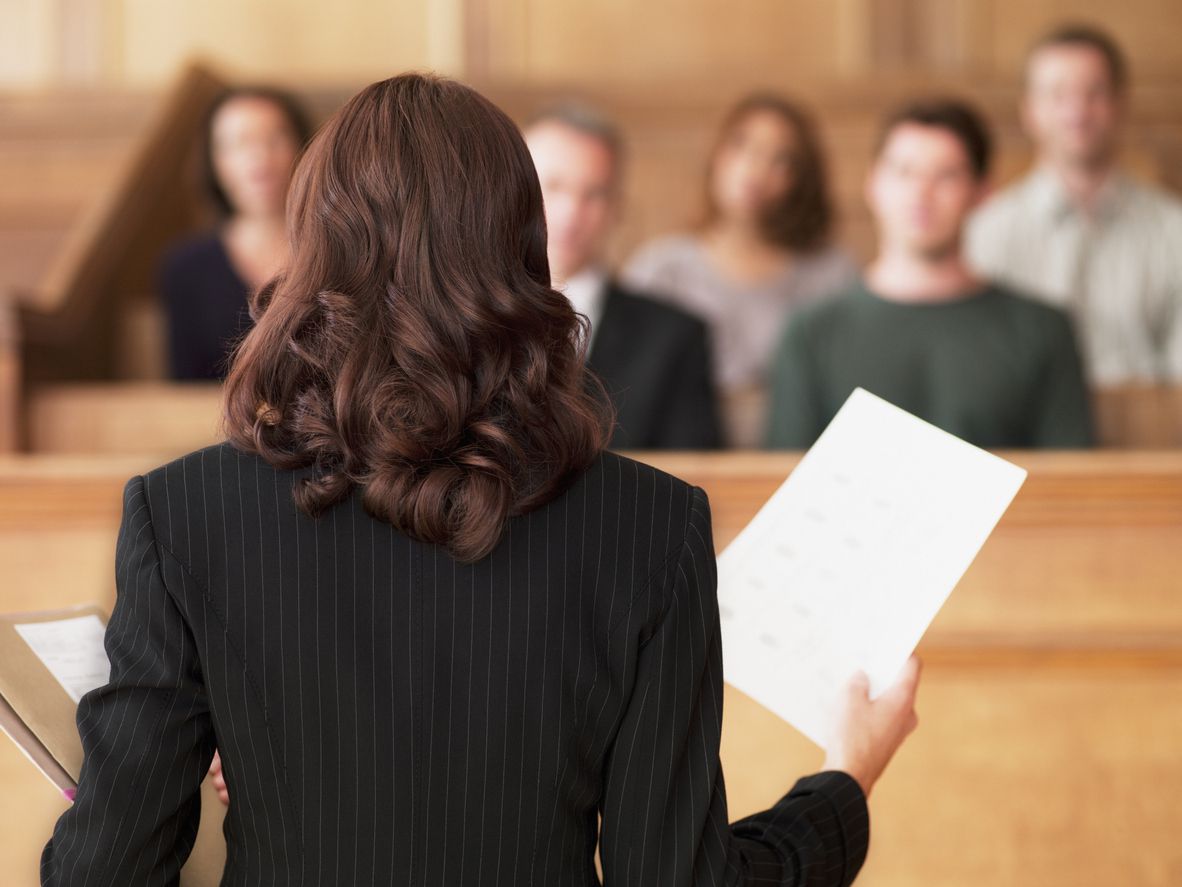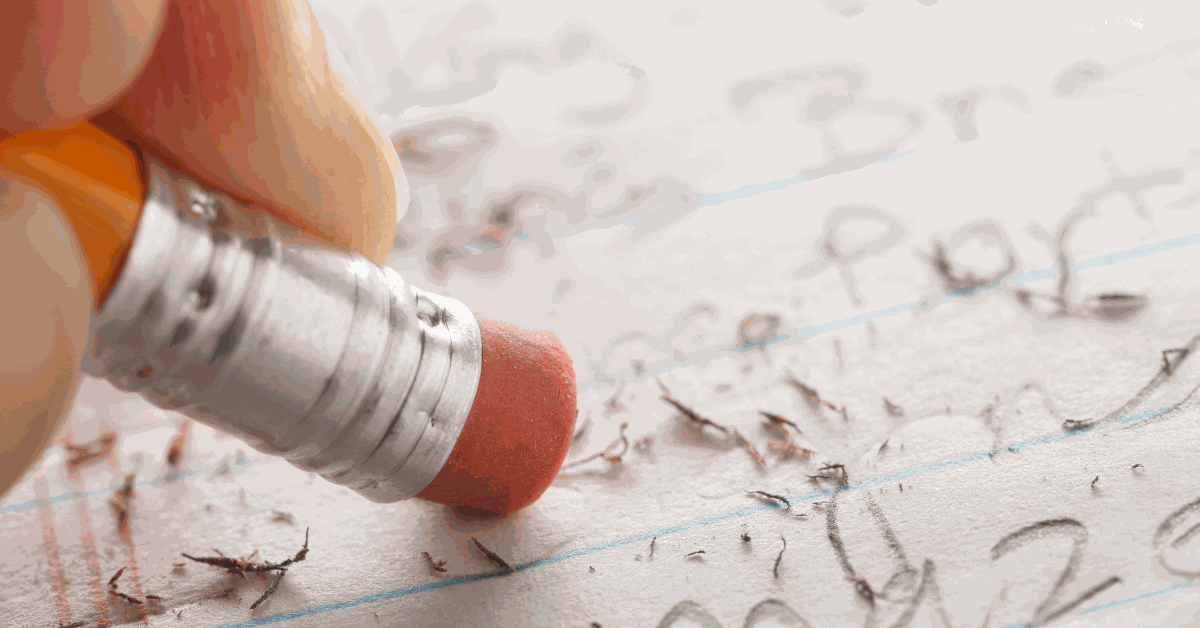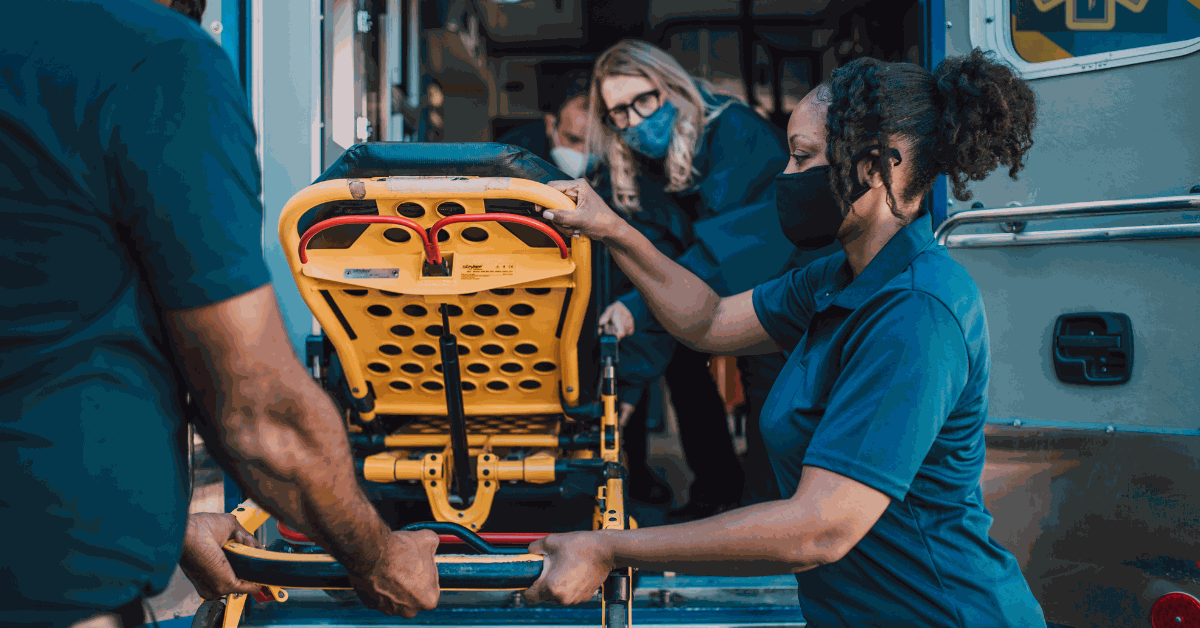The opening statement of most trials may represent only a sliver of the defense’s case, yet its importance is much more significant. With the trial rate in the United States at less than 3%, very few corporations are going to trial, meaning that defense attorneys have few chances to try cases. However, there are steps that defense attorneys can take to increase the odds of a verdict in their favor significantly. Defense attorneys need to understand the science of psychology and how it can assist in designing opening statements that will have a maximal impact on jurors’ perceptions of a case.
Defense attorneys should strive to have their first sentence grab the jury’s attention. For optimal persuasion, a trial attorney should begin their opening statement by introducing a theme that can be summed up in ten to fifteen words, essentially an elevator pitch. The theme should be quick-hitting, clear, and designed to hold the jury’s attention. Through jury research, such as focus groups and mock trials, the Ph.D.-level litigation research and psychology professionals at Courtroom Sciences can help defense attorneys test the elements of their case, including evidence and themes, to evaluate their effectiveness.
How long should your opening statement be?
Jurors can get overwhelmed with information and presentations that are too long, including your opening statements. A National Center for Biotechnology Information study found that cognitive fatigue can begin at around 35 minutes for relatively healthy adults. Although the length of an opening statement may vary depending on the case’s complexity, in most cases, the neuropsychological sweet spot for opening statements is 35 to 45 minutes.
Begin Your Opening Statement By Installing The Most Effective Cognitive “Lens”
From the very beginning of the opening statement, jurors tend to form a working hypothesis that affects how they interpret the rest of the information presented to them. Jurors also tend to perceive the information presented early in an opening statement as more valuable and meaningful than information presented in the middle or at the end. It’s important that defense attorneys carefully choose the information that will be presented early on.
For optimal persuasion, a trial attorney should begin their opening statement by installing the most effective cognitive “lens,” meaning:
● Skip the introduction and ice-breaking small talk with the jury.
● Use a passionate, not vengeful, tone.
● Reset the playing field immediately by fighting fire with fire if opposing counsel has tried to “poison the well” in their opening.
● Start with three to four key themes that attack rather than defend.
● Illuminate the apex of the defense story first rather than working up to it.
This information, presented early in an opening statement, acts as the cognitive “lens” through which all subsequent information flows. As the presentation progresses, this cognitive lens can drastically impact how jurors perceive information.
Include The Use Of Visual Aids In Your Opening Statement
There are tools that defense attorneys can use to improve juror memory recall from the information presented in the middle of the opening statement, specifically visual cues. Jurors generally expect technological sophistication and performance regarding openings and closings. The use of visual aids can make the material more credible and positively impact a juror’s ability to remember information. Defense attorneys can use these visual aids to help them tell their stories and highlight the most important parts of their case.
Visual aids during your opening statement may include key documents, evidence, or demonstratives, such as video or audio clips, document blow-ups, graphic charts with overlays, photographic exhibits, or models. Incorporating visual cues can improve jurors’ recall of that information as the information input stimulus has doubled, providing visual and auditory stimuli rather than auditory alone. Courtroom Sciences can help defense attorneys determine which exhibits are important and which are likely to be the most effective with jurors through mock jury research.
Immediately Give The Jurors Someone Else to Blame
When it comes to opening statements, defense attorneys must understand the primacy effect and how it can be used as a potent weapon. This effect goes beyond basic memory enhancement and can significantly impact juror information processing and decision-making. Specifically, the primacy effect plays a powerful role early in an opening statement presentation.
When a defense attorney begins their opening statement by going on the defensive and addressing each of the plaintiff’s allegations, they are missing a substantial opportunity as jurors will value that first three minutes of information more than any other part of the opening. Rather than going on the defensive, defense attorneys would be better served to immediately give jurors someone or something else besides their client to blame. Depending on the case, a defense may shift the blame to a multitude of different targets, such as the plaintiff, an empty chair defendant, or a co-defendant.
It is human nature for people to want to figure out why something happened, which is why defense attorneys, in the first fifteen to thirty seconds of opening statements, need to put something else on trial that is not their client. They need to provide jurors with alternative causation. A juror’s brain is wired for the primacy effect, so the first information presented will be seen as the most important and receive the most attention.
By strategically ordering information in their opening statement, defense attorneys can significantly increase the odds of a defense verdict. The science of psychology can assist defense attorneys in designing opening statements that will have a maximal impact on jurors’ perceptions of a case. Courtroom Sciences can help defense attorneys achieve superior litigation outcomes by providing science-backed data that leads to predictive results. Speak with one of our experts to get started.
Be confident in achieving superior litigation outcomes. CSI has the expertise, track record, and capabilities to help you win.



